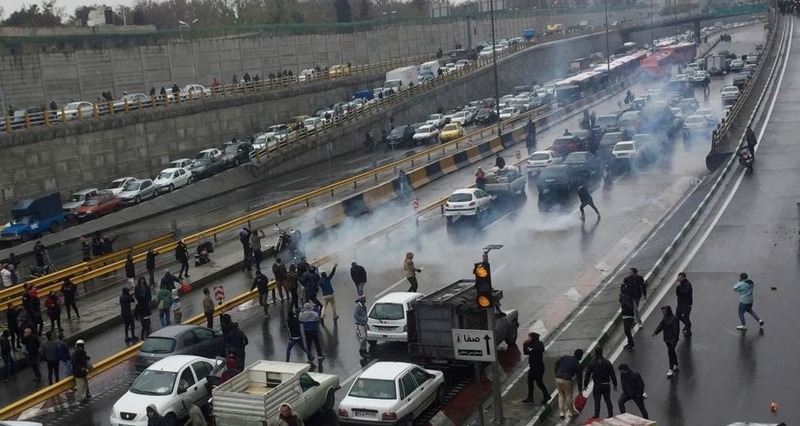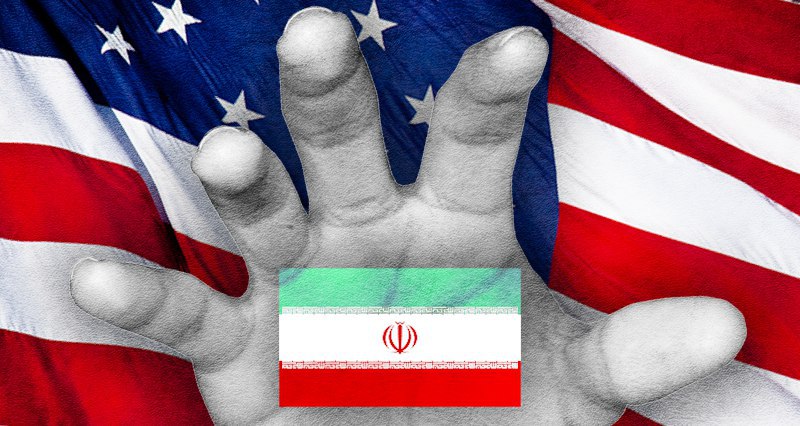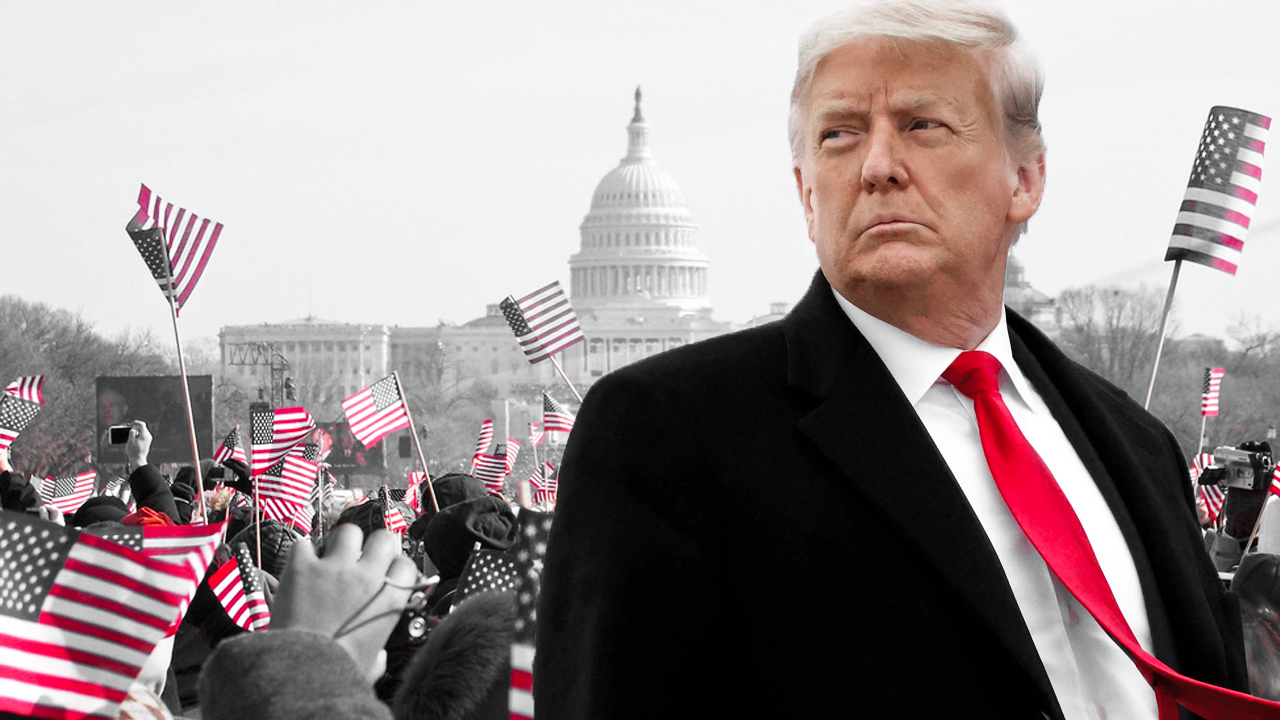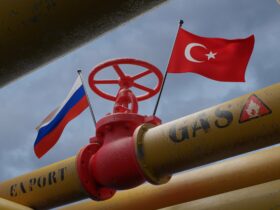Iranian Authorities (of the Government, Judiciary branch and Parliament) knew well that their decision to triple the price of gasoline was going to lead to strong civil dissatisfaction, and that people would likely take to the streets to express their opposition to the measure.
It is worth mentioning that the Iranian government’s decision only affected the type of gas which is widely used in civilian vehicles, rather than the general price of fuel.
BACKGROUND INFORMATION:
According to a Law passed by parliament about 10 years ago, the Iranian government should calculate the price of fuel according to the FOB shipping point of the price in the Persian Gulf and is allowed to raise the price by about 25% a year.
At that time, previous Iranian president Mahmoud Ahmadi Nejad’s administration decided to implement this law in addition to another law which passed the Iranian parliament about 16 years before that (When Akbar Hashemi Rafsanjani was the president of the country) according to that law, the Iranian government has the right to cut subsidies on basic commodities if necessary.
Ex-Presidents Hashemi Rafsanjani and Mohammad Khatami (the reformist president who followed him) did not implement any cuts in government subsidies because they expected that the people would be dissatisfied and knew they might not be able to deal with the consequences.
Ex-President Mahmoud Ahmadinejad, however, decided to implement the law under the condition that the money the government would normally have spent on subsidies would be distributed evenly among the Iranian people.
At that time, every Iranian citizen got about $50 (45 thousand Iranian Tuman) a month, the government was able to cut the subsidies, and everyone was happy.
The rich were unconcerned about the rising of the price of basic commodities, while the $50 per person was acceptable to the middle and lower classes, especially in rural areas where families with a lot of children (normally something like five or six) were getting four to five hundred dollars a month from the government instead of relying on what they could cultivate on their farms.
While Ahmadinejad was in power the government used to calculate the price of fuel according to the FOB shipping point in the Persian Gulf and change the price every year, if needed. When President Rouhani was elected that $50 (45 thousand Iranian Tuman) was equivalent about $18 due to the drop of currency price. The new government criticized the populist policies of the previous government and insisted that this money has become a burden on the government and that it should stop paying for those who don’t need it. The government asked that those who do not need the money to voluntarily opt-out of the government financial subsidy, but the majority of the Iranian people refused to do so, since they were convinced that it represented their share of the oil the country is selling, as Ahmadinejad had often suggested.
The Iranian Government was entering into tough negotiations with the P5+1 and particularly the US, so it was trying to avoid any domestic dissatisfaction– as a result, it didn’t alter the cash subsidies it used or fuel prices.
Moreover, to keep the economic situation stable, the Iranian government pumped all the foreign currency it could to the market hoping that after the signing of JCPOA Iran could start selling oil and have revenue to cover the deficit of foreign currency.
Of course, the Iranian government also generated strong expectations among the people about what would happen after the signing of the deal, especially with regard to the country’s economic situation.
President Rouhani’s administration managed to keep prices steady, but the country was facing an inflation rate of about 30% a year, while the banks were paying about 20% interests to the people to convince them to keep their money in the banks in the first place. This interest, according to economists, was creating money without any proper economic backing.
Press TV's The Debate – Gasoline price hike in #Iran https://t.co/49XVrYeGD4 via @YouTube
— Press TV ???? (@PressTV) November 18, 2019
After President Trump decided to pull the US out of the JCPOA, the Iranian government decided to free up the economy and let the foreign currency price go up to the price it should be for many reasons:
- When the foreign currency price goes up the price of foreign goods raise and the ability of people to buy foreign goods will be lower and less merchandise should be imported during the sanctions period.
- The government budget is based on the Iranian currency. The salaries of employees and contracts are signed in Iranian currency while the income of the government is in foreign currency, therefore, the government automatically has to spend less money to cover its expenses.
- Iranian banks were facing a large deficit and many of them (especially those which belonged to the government) were facing bankruptcy since they had to cover the interests they had to pay to the people. When the price of foreign currency raised from 3000 tuman per dollar to about 20000 tuman per dollar, the banks had to pay 1/5 of the assets people had in banks.
This step led to social unrest all over the country at the end of 2017 and the government was obliged to stop its procedures to free up prices.
One of these procedures was to raise the price of fuel to the Persian Gulf Shipping point price and another one was to stop the payment of the financial subsidy.
According to government statistics, something close to $6 billion a month was spent by the Iranian government to cover the fuel subsidy and keep gas prices at $0.8 a liter.
Due to the low price of gasoline and corruption, about 30 million liters of domestically produced gas was smuggled to neighboring countries where the price was around 2.4 dollars a liter.
Rich people who owned bigger cars or more of them were using more subsidies than ordinary or poor people who owned smaller cars, rarely used them, or had no car at all.
More than a year before, the Iranian government started redistributing fuel credit cards which were previously used by Ahmadinejad’s government, but this was cancelled when Rouhani came into office. When these cards were distributed, everyone knew that the price of fuel was going to rise but nobody knew by how much or when.
According to Iranian interior minister Mr. Abdul Reza Rahmani Fazli, the decision had been made several times over the past year to raise the price of fuel, but the implementation was postponed every time because the government was afraid of unrest.
According to Rahmani Fazli, the last decision was made three month beforehand, but then cancelled at the last moment.
As Ayatollah Ali Khamenei (the Leader of the Islamic Republic) later conveyed, it seems that president Rouhani didn’t want to make the decision on his own, and that the government was no longer able to cover the subsidy, so he asked the leader to support him. The leader told him to go through with the decision and called a meeting of the authorities to discuss the plan with experts, promising to support the decision.
Although there were debates on how to implement the plan, it seems that Rouhani decided to implement the decision immediately and raise the price all at once despite the objections of politicians such as the head of Judicatory Ayatollah Raisi, who voted for raising it in short steps.
EXPECTED UNREST
Of course, just like in every other country in the world, when the price of fuel went up, the people of Iran grew angry, despite the fact that the final cost was still less than it is in neighboring countries and even less than the Persian Gulf FOB shipping price as demanded by law.
Politicians from other political parties and members of parliament were also angry about the measure.
It didn’t take an expert to predict that the country would be faced with unrest, but unlike in previous situations, the Revolutionary Guard and the Basij (the Mobilisation Resistance Force) didn’t take to the streets to quell the protests: only the traditional police forces responded.

Some believed that the behavior of the Revolutionary Guard and the Basij was motivated by the fact that they themselves were against the decision and didn’t want to face off against the population, especially considering that those who got angry about the raise of gas prices were predominantly middle class and lower class citizens who are by and large supporters of the Islamic revolution.
When Ayatollah Khamenei officially stated his support for the decision, most of parliament backed off, and the revolutionary guard also announced its support for the decision in congruence with their leader. Nonetheless, they still refrained from standing off against protesters in most cases.
ISOLATING THE COUNTRY
The international internet across Iran was switched off and the domestic Intranet turned on as protests spread. This was a big achievement for the Iranian Government, something I believe it wouldn’t have been able to do without the blessing of US sanctions, especially given what Trump has been doing.
“Some disturbers were also aimed at blocking the entrance of imported goods to the country from Bandar Imam Port. We were faced with a rioting wave which sought to abuse the nations' protest against #gasoline price amendments,” @Alirabiei_ir added.
— Government of the Islamic Republic of Iran (@Iran_GOV) November 20, 2019
For Years, the Iranian government was trying to set up a domestic Intranet, mainly because of the huge expenses it had to bear for connection to the international internet which had gone up exponentially as a result of the US’ sanctions.
Many banks and companies refused to move their servers to Iran due to technical problems or for personal reasons, the most important among them was that they would be abroad and out of control of control, even though only some Iranian banks were connected to the international banking system. The government didn’t want to lose this connection, so, even in dire situations, it was very difficult for the it to consider closing the international internet for any period of time.
However, as a result of the sanctions the US has implemented on Iran, almost all connections between Iranian banks and international banks have been cut.
About six months ago, the Americans threatened to cut all of Iran’s communication off from the rest of the World and sanction companies which choose to work with Iran. Several large American and international communication companies stopped working with Iranian companies, so many Iranian companies were obliged to move their servers inside Iran.
This created the conditions for the young Iranian Communication minister, Mr. Mohammad Javad Azari Jahromi (who is also a communication expert and a popular candidate for the presidency) to successfully prepare a domestic Intranet.
I'm not the only member of club of sanctioned persons (Based on Trump's fairytales). Before me, Iran ICT startups, Developers, Cancer patients and EB children were there.
I'll continue advocating access to Internet & I won't let US to prohibit Iran development.#EconomicTerrorism— MJ Azari Jahromi (@azarijahromi) November 22, 2019
The Supreme National Council suddenly ordered the Ministry of communication to cut the international internet, while the domestic Intranet covered the government’s needs: this was the system’s first real field test.
While the Iranians were able to access the intranet inside the country, the companies and banks working via the international internet were totally offline, and communication with other countries and popular social media sites were also cut.
Moreover, the Rooming system was also closed, so even those who had international lines were not able to communicate with people abroad.
Iran-Iraq border crossing reportedly closed due to ongoing protests in both countries https://t.co/VQQyG0uXc9 pic.twitter.com/oWdOHZAQeN
— melbourne news (@melbournesnews) November 16, 2019
Some of the country’s borders, such as with Iraq, were closed off, while control over air and water borders was hieghtened.
DRIVING OUT THE COCKROACHES
It was obvious that something serious was going on, something far beyond dissatisfaction with rising gas prices. President Rouhani made a statement where he claimed that the government has cameras monitoring everything, a statement which some didn’t fully understand at the time.
The Revolutionary Guard was still not in the streets, the country was technologically isolated and careful monitoring was enacted.
A few days after president Rouhani’s speech, the Revolutionary Guard and the Basij suddenly took over. Some areas turned into battle zones and street fights took place, hundreds were killed or injured.
This was no longer about the dissatisfaction of people, the revolutionary guard had found what they were waiting for: the cockroaches had come out in force. The reason why was not revealed until afterward.
According to the Iranian authorities, the Americans and their allies have been preparing to create a chaotic situation in Iran modeled on the current unrest in Iraq and Lebanon.
According to their information, some Iranian men and women were taken by the Americans and their allies to be trained to enact a color revolution. Their mission was to wait for a moment of unrest and then try to push the country into total chaos. It is estimated that some 2,500 people were taken for this training, and that huge amounts of cash and weapons had been smuggled into Iran to help them do it.
According to the information, a couple of months before the incident the Iranians received word from Turkish authorities informing them that some Iranian citizens were making suspicious moves and that they had connections with Americans and Saudis in Turkey.
https://twitter.com/Politicoscope/status/1199692170216779777
At the same time, the manager of Amadnews, Rouh Allah Zam, was arrested by Iranian intelligence services while abroad: he was a key person in regard to foreign services projects in Iran. He revealed a great deal of information about two projects known as the “Spider project” which is being carried out by Saudi Arabia and “Namroud” which was initiated by Israel.
The Spider project included thousands of members of Mojahedin-e Khalgh, other opposition groups and followers of the Saudi monarchy, training them to carry out social media attacks against the Iranian Government and encourage people to go to the streets. The Namroud project was predominantly based on the 2,500 people trained inside the country. Their mission was to attack police forces and demonstrators using the weapons provided to them, and then claim that the police were shooting and killing people. They were also instructed to attack some police depots and steal the weapons, and then to claim that people had started a revolution were arming themselves against the police.
It seems that the cameras president Rouhani was talking about were set up to watch these cockroaches come out of hiding. Since the international internet was switched off, they were unable to communicate with each other and were forced to go with a plan B, the details of which were revealed by Rouh Allah Zam.
#RouhollahZam, the head of notorious website #AmadNews, who was protected by western intelligence was arrested in Iraq few days ago.
Zam lived in #Paris, whose arrest is considered a blow to foreign #IntelligenceServices including French, US and Israel#GameChanger pic.twitter.com/YjwrB7GutG— Nader Talebzadeh (@TalebzadeNader) November 1, 2019
Plan B was essentially that each group would relying on 10 to 25 members to start their work alone in different areas in order to create chaos.
The Namroud plan failed, and in less than two weeks the government was able to regain control. Iranian Leadership and the Iranian President have been able to claim victory over these foreign plots and their perpetrators.
WHAT NEXT
The reason for the initial unrest should not be ignored: the Iranian people were dissatisfied with the economic situation. However, it is important to note that although the Iranian people went to the streets to express their anger, when some tried to turn the protests into a movement to bring down the government, the people refused and left the streets.
This means that despite their economic dissatisfaction, the people recognize that the situation is being forced on them by the US which intends to turn Iran into another Libya, or worse.
This is likely the primary reason that people halted their actions in the streets: things have calmed down dramatically in the country.
The country will carry out parliamentary elections in less than three months. Many politicians will try to use the situation to attack the government and the economic situation in order to get votes.
Iranians hold rallies across the capital to support establishment as riots contained – #Iran https://t.co/BHFEeNYE1m
— Press TV ???? (@PressTV) November 25, 2019
THE RESULTS AND FUTURE NEGOTIATIONS
While some believe that these incidents will give the US the excuse it needs to prove that it can push the Iranian people against their government via sanctions and pressure, the behavior of Iranian people shows that they will continue to choose for themselves and set their own demands and boundaries.
The Americans shouldn’t believe they have gotten the upper hand: their plan has failed.
There is real dissatisfaction in Iran, but the people believe that security and stability is far more important. The Iranian government is now at ease: it was able to triple the price of gasoline and effectively handle the consequences.
Moreover, Iran is now able to take steady steps in regard to regional issues. Now that Tehran has thwarted these plots, the country will be able to make its own counter-measures against the US and their Allies, namely in Iraq and Lebanon.

















Leave a Reply